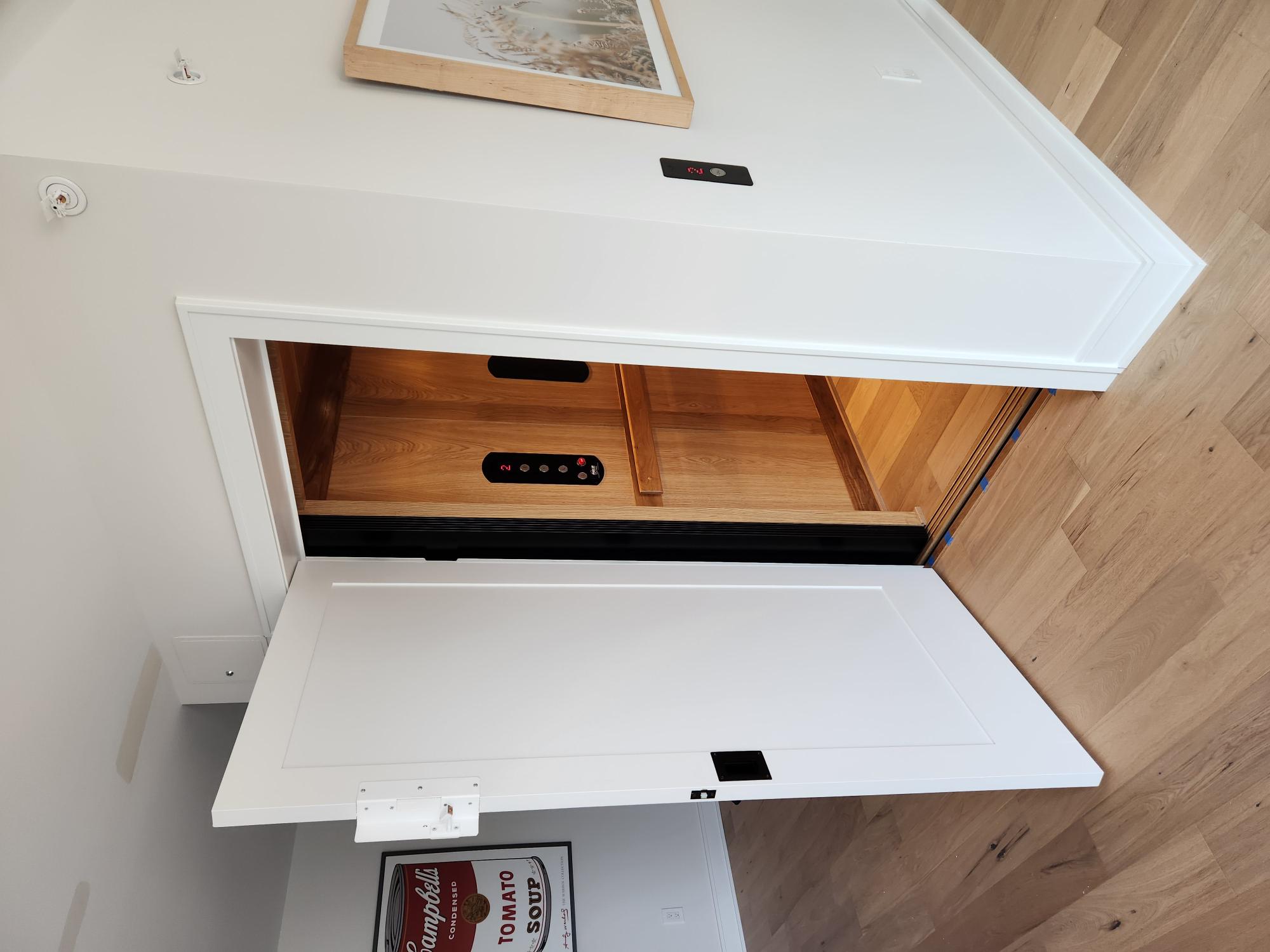Find Reputable Lift Repair Near Me for Quick and Affordable Service
Find Reputable Lift Repair Near Me for Quick and Affordable Service
Blog Article
Looking Into the World of Lifts: Typical Issues Encountered by Different Lift Mechanisms
As we browse through the vertical transportation systems of contemporary buildings, elevators attract attention as a crucial part of our every day lives. However, behind their smooth procedure exists a globe of intricate systems that can occasionally encounter difficulties. From hydraulic elevators to grip systems and machine-room-less layouts, each lift kind comes with its set of common concerns. Comprehending these obstacles is crucial for guaranteeing the smooth functioning of these important systems. Let's discover the complexities that underlie the operation of lifts and the possible problems that can arise, clarifying the intricate web of lift devices.
Hydraulic Lifts
Hydraulic lifts, usually liked for low-rise buildings, utilize fluid pressure to manage the activity of the elevator auto (lift repair companies). This system includes a hydraulic pump pressing oil right into a cyndrical tube, causing the elevator to move in the desired instructions. While hydraulic elevators are recognized for their smooth and quiet operation, they do feature their own collection of typical concerns
One common issue with hydraulic elevators is oil leakage. The seals in the hydraulic system can use out in time, bring about oil infiltration. This not just produces a mess however can likewise affect the lift's efficiency if left unaddressed. Furthermore, concerns with the control system, such as damaged valves or a malfunctioning pump, can cause disturbances in the lift's movement.
Regular upkeep and timely repairs are important to ensure the smooth performance of hydraulic elevators. By dealing with these typical problems proactively, structure proprietors can reduce downtime and ensure the safety and efficiency of their upright transportation system.
Traction Lifts
When considering vertical transportation systems in structures, another usual type apart from hydraulic lifts is the traction lift. Grip elevators run utilizing a system of ropes and weights that move the lift auto by gripping onto the hoist ropes. This system enables for smoother and quicker vertical transportation contrasted to hydraulic systems.
One of the typical issues faced by traction lifts is rope wear. The constant activity of the ropes within the grip system can cause use and tear with time, possibly causing the lift to breakdown or come to be risky for usage. Regular evaluations and upkeep of the ropes are important to ensure the lift's correct performance and security.
An additional problem that grip lifts may run into is connected to the control system. Issues with the control system can result in issues such as unpredictable movement, hold-ups in action times, or perhaps full shutdowns. Regular screening and upkeep of the control system are important to stop such problems and guarantee the elevator's reliability.
Machine-Room-Less (MRL) Lifts

One of the key components of MRL elevators is the portable gearless grip device that is set up within the hoistway. This maker effectively drives the elevator auto without the need for cumbersome devices found in traditional traction lifts. Additionally, MRL elevators usually use a counterweight system to balance the cars and truck, more boosting their energy effectiveness.
Regardless of their advantages, MRL elevators may encounter difficulties connected to repair and maintenance as a result of the restricted space for devices setup. Access for servicing elements within the shaft can be limited, requiring specialized training for specialists. Proper upkeep routines and normal examinations are critical to ensure the continued smooth procedure of MRL elevators.
Overloading and Weight Restriction Issues
Overwhelming and weight limitation concerns are important worries in lift procedures. Lift producers design raises with certain weight capacities to ensure passenger security and you can try these out tools long life.
When lifts are overloaded, it places excessive pressure on the motor, cables, and various other elements, potentially creating malfunctions or malfunctions. Safety systems such as sensing units and overload sensing units remain in place to avoid elevators from relocating if they find excess weight. In addition, surpassing weight limits can cause enhanced power usage and deterioration on the elevator system.
To reduce straining problems, developing managers need to plainly present weight limits in elevators and educate residents on the significance of sticking to these restrictions - lift repair companies. Normal upkeep checks by qualified professionals can likewise help ensure that lifts are operating within secure weight criteria. By attending to overloading and weight limitation concerns proactively, building proprietors can boost elevator safety and effectiveness
Electric System Failings
Going beyond weight limitations in elevators can not just cause mechanical problems yet additionally potentially add to electrical system failings within the lift facilities. Electrical system failures are an important issue in lift procedure, as they can trigger unexpected closures, malfunctions, or even safety risks. One usual electric issue is the overheating of parts due to too much existing circulation brought on by overwhelming the lift past its capability. This can cause harm to the control, wiring, or electric motor systems, leading to costly repair services and downtime.
Routine upkeep and inspections are critical to determine and attend to potential electric problems without delay, ensuring the secure and effective operation of lift systems. By sticking to weight limitations and conducting routine electric system checks, structure proprietors can mitigate the risk of electric failings in elevators.
Conclusion

Hydraulic lifts, commonly chosen for low-rise buildings, use fluid stress to control the movement of the elevator auto.When considering vertical transportation systems in buildings, another typical kind aside from hydraulic lifts is the traction elevator. Grip elevators operate utilizing a system of ropes check it out and weights that relocate the official site lift automobile by gripping onto the hoist ropes. Unlike conventional lifts that require a separate machine space to house the equipment, MRL elevators integrate most of the elements within the shaft, getting rid of the demand for a dedicated device area.In conclusion, lifts face common problems such as hydraulic malfunctions, grip system failures, and electrical system issues.
Report this page